SDGs are not only extremely important for the way we live our lives, they’re essential for the wellbeing of our beloved planet. In this article, we’ll look at SDGs 7, 11, 12, 13, 14 and 15, and see how they’re so interlinked.
SDG 7 Affordable and Clean Energy
SDG 11 Sustainable Cities and Communities
SDG 12 Responsible Consumption and Production
SDG 13 Climate Action
SDG 14 Life Below Water
SDG 15 Life on Land
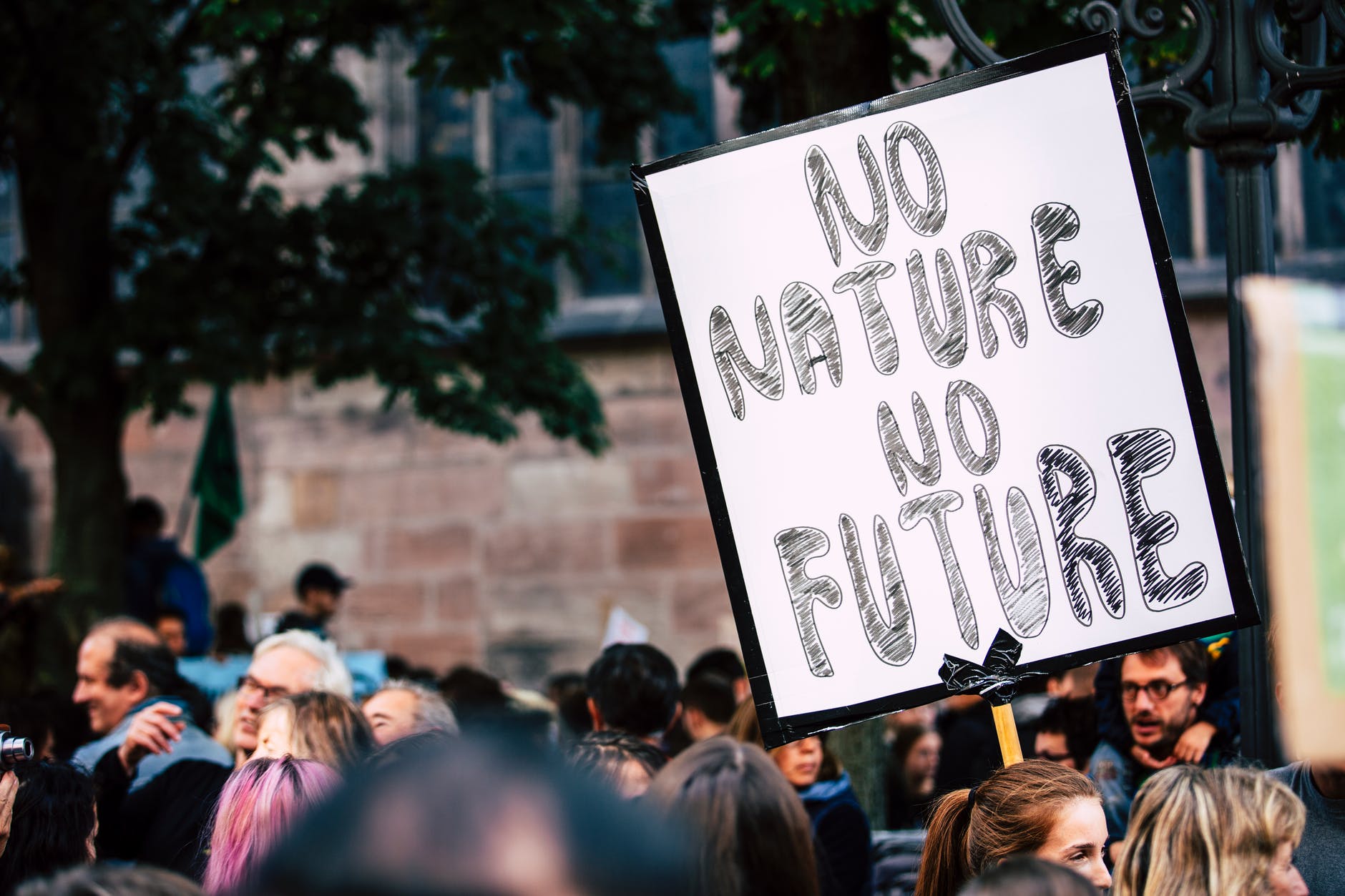
Did you know that urban areas are expanding at a rate of 1.28 times faster than their populations?
A sustainable lifestyle is becoming more important by the day. Did you know that urban areas are expanding at a rate of 1.28 times faster than their populations? In fact, in 2015, 54% of the world’s population lived in cities, and by 2030, the number is expected to rise from 3.5 to 5 billion people. This is why we must make our communities more sustainable and less wasteful.
Since cities have such a high concentration of people in one space, they are traditionally big polluters, emitting greenhouse gases that contribute to climate change. In fact, half of urban dwellers are breathing air that’s 2.5 times more polluted than the standards for safe air quality intake set by the World Health Organization.
It’s important that we change our consumer habits, such as the way we eat, travel, and generally become less wasteful. 1.3 billion tonnes of food gets thrown away every year, while a billion people go hungry and another billion go undernourished. At least 2 billion people don’t have access to adequate waste management services either, so responsible consumption is one way that cities can achieve this change.
A single lightbulb can last for over 4000 years. After use, batteries hang around for another 100-500 years, and glass and PVC can also take over 100 to fully decompose. A plastic bottle takes 450 years, and a tin can take 300-500 years to break down… so you get the idea. All of these materials last different lengths of time, so it’s important to separate plastic, metal, paper, glass and organic produce when recycling.
Responsible consumption also means reducing litter.
Responsible consumption also means reducing litter. For example, a plastic net can be thrown in the sea to catch fish, but smaller nets can linger and suffocate the water life. According to the Ellen MacArthur Foundation, if we continue to pollute at the same pace, by 2050 there will be more plastic than fish in the ocean. Plastic waste is killing the wildlife, and now the fish we eat contains dangerous amounts of microplastics and other harmful substances that end up in our digestive system. Along with pollution, some of the major marine challenges are overfishing, loss of habitat, and invasive species carried in ships such as the brown bullhead fish now found off the coast of Belgium. In addition, the CO2 emissions we produce when using coal, natural gas and petroleum lead to higher acid levels in our seas, which has harmful effects on marine wildlife.
According to the International Union for the Conservation of Nature, 160 sea, land and air species have gone extinct between 2010 and 2019. This means we risk losing a million more plant and animal species in the near future. Stopping all forms of illegal fishing, poaching and trafficking of endangered species plays an important role, as well as sustainable agriculture to limit deforestation.
Glacial ice covers about 10% of our waters, such as in the North and South Poles. Rising temperatures are melting our glaciers, which not only provide homes for arctic wildlife, but also consist of fresh water. If all of the ice in these polar caps were to melt, sea levels would rise by 70 metres, which would drown out entire countries such as the Netherlands. The global temperature has increased on average by 0.85°C since 1880 and without urgent action, it’ll rise to 6°C by the end of this century. We’ve already started experiencing devastating storms that destroy our infrastructures, and the polar ice caps continue to melt at an alarming rate.
This is why the SDGs are essential.
This is why the SDGs are essential; without them, global warming will challenge our way of living, increase the number of climate refugees, allow species to go extinct, reduce crop yields and cause a rise in malnutrition. It’s also important to make communities more resilient against extreme weather conditions, to reduce damage and death rates during harsh weather, such as drought and hurricanes.
Sustainable communities take into account social and environmental impacts, dedicating themselves to waste reduction, smart energy usage, minimal air and water pollution, while also providing green spaces for the local population. They promote the use of public transport, renewable energy, and local food production. These places are safer and accessible to all, particularly to those with disabilities, with adequate affordable housing and basic services, and the ability for the settlement to bounce back after experiencing a natural disaster or an economic crisis.
By taking the initiative and setting yourself personal sustainability goals, you can begin to make a difference. Now imagine that entire communities do the same, and this is what our planet so desperately needs.

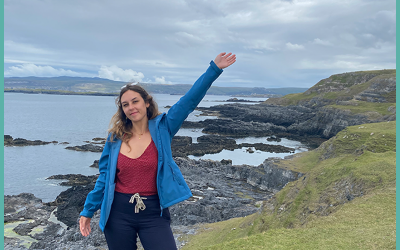
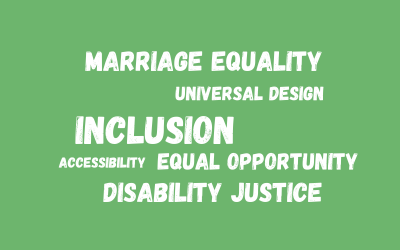
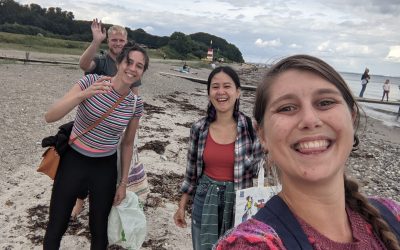

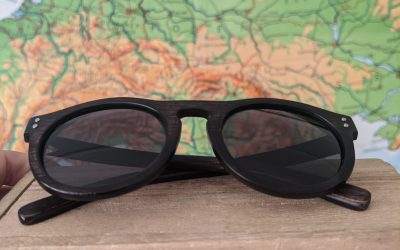



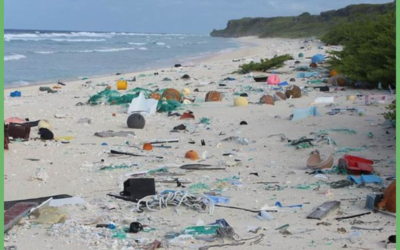
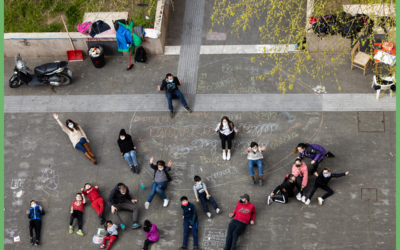

0 Comments